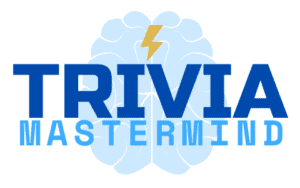
In 2021, the gaming industry generated $180.3 billion in revenue. By 2025, analysts predict the industry will generate more than $260 billion in revenue. With these massive earnings, you would think the video game industry would be a guaranteed money making machine, but that is not always the case. Even the industry titans have had their missteps, especially in the home console market. The following is a list of the 24 biggest home video game console failures in gaming history. You will be shocked to see how even some of your past favorites did not quite hold up as you may have recalled.
If you enjoy gaming history as much as I do, you will surely enjoy this list of the 24 biggest home video game console failures in history. Some of these consoles will be brand new to you, and you may even be surprised by some of the electronic and toy companies that threw their video game hat in the ring only to find immense failure. Read on to recall some of the consoles from your childhood and possibly, learn about some new ones.
The List of the 24 Biggest Home Video Game Console Failures in History
24. PlayStation Vita
Units Sold: 15 million
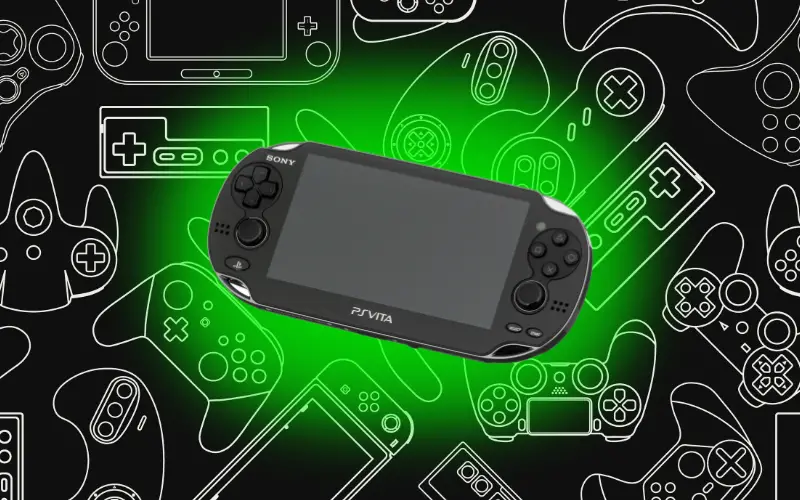
Developer: Sony Interactive Entertainment
Manufacturer: Sony Electronics
Release Date: February 15, 2012
Units Sold: 15 million
The PlayStation Vita was Sony’s second major handheld game console after the PlayStation Portable. It was released in North America in 2011. The system was designed to blend big budget dedicated video game platforms with mobile gaming.
Analysts predicted the Vita would be a success, however sales tanked shortly after its release. Sony announced it would end physical game production for the system in 2018. The Vita had sold less than 15 million units in total, with Sony not planning to release a successor.
23. Wii U
Units Sold: 13.56 million
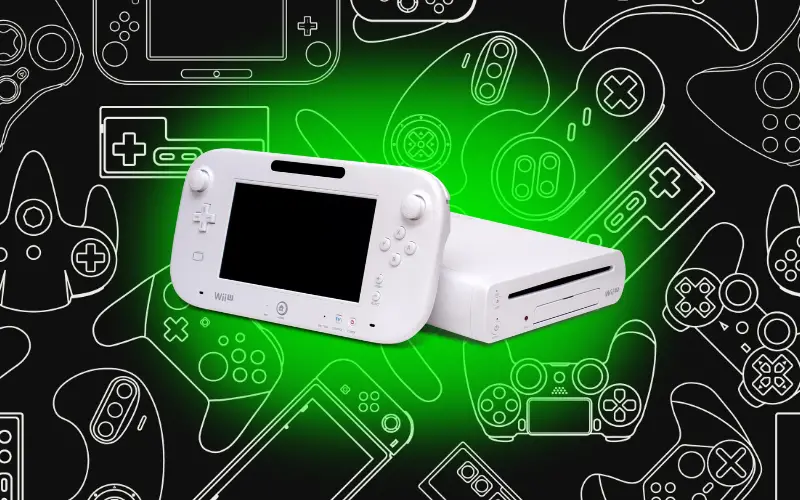
Developer: Nintendo IRD & NTD
Manufacturer: Nintendo, Foxconn, & Mitsumi
Release Date: November 18, 2012
Units Sold: 13.56 million
Nintendo’s Wii U was created as the successor to the Wii. Releasing in November 2012, it was designed to draw back “core” gamers with a more sophisticated gaming experience, as the Wii was aimed for more casual gameplay. The Wii U’s touchscreen GamePad allowed for dual-screen play or to be used for off-TV play.
By the end of 2016, sales were lower than anticipated, with fewer than 14 million units being sold despite positive media coverage. Poor sales were attributed to poor messaging around the Wii U’s abilities, as it was perceived as a tablet system or an add-on to the original Wii. Nintendo would also fail to garner significant support from third-party publishers and developers, leaving the Wii U game library with gaps in software releases. With Nintendo expecting to sell 100 million Wii U units, the expectation would contribute to several financial quarter losses until 2016. Luckily, Nintendo would bounce back with the Switch, because the Wii U’s failure put the company in a dire financial situation.
22. Sega Saturn
Units Sold: 9.5 million
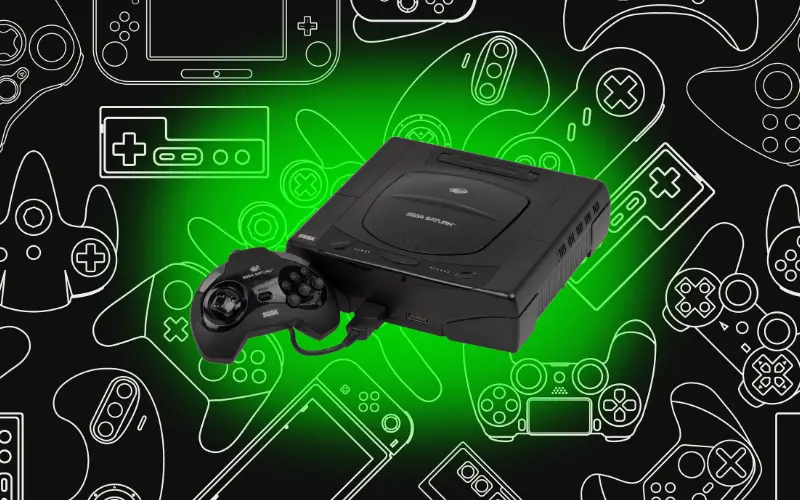
Developer: Sega
Manufacturer: Sega
Release Date: May 11, 1995
Units Sold: 9.5 million
The Sega Saturn was the 32-bit successor to the Sega Genesis, releasing in the United States in 1995 as a competitor to the Sony PlayStation. With the system selling well in Japan, Sega wanted to get a head start on the PlayStation. The company decided to release the system in May, four months ahead of when the PlayStation was going to be released in North America.
Little time was left to promote the product and system availability would fall short at retail. Sony would also announce the price of the PlayStation, which would be $100 less than the price for the Saturn. Behind the scenes management conflicts between the Japanese and North American branches of the company would lead to the Saturn being released shortly after the release of the 32X, with the systems cannibalizing one another. The Saturn would lose market share in North America by the end of 1996, being outsold by the PlayStation and with the upcoming release of the Nintendo 64, it would be discontinued in 1999. The Saturn is considered a commercial failure, having sold 9.5 million units worldwide.
21. Dreamcast
Units Sold: 9.13 million
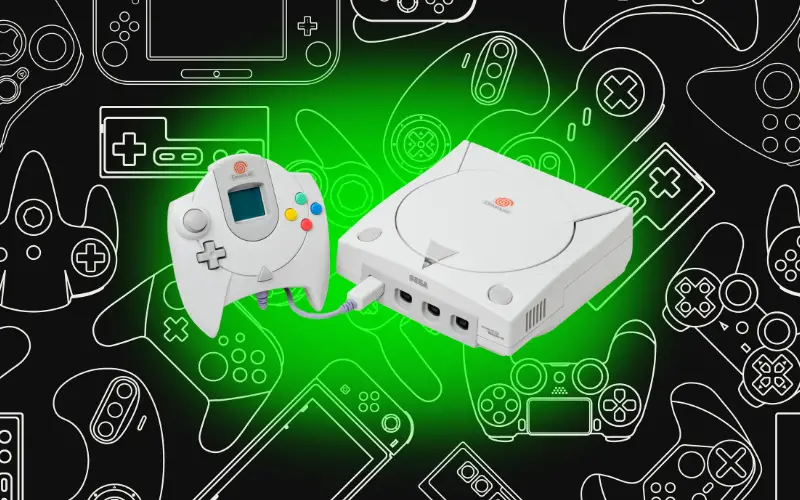
Developer: Sega
Manufacturer: Sega
Release Date: September 9, 1999
Units Sold: 9.13 million
The Dreamcast would be Sega’s final console prior to shifting focus entirely on software. Released globally in 1999, the console was initially successful, improving significantly from the Sega Saturn debacle. The console would be on the market a year ahead of their primary competition the PlayStation 2.
Despite this, the Dreamcast sold less than the Playstation 2, and even the Saturn, selling 9.13 million units. Forced to cut costs due to the stress caused by the economic recession that hit Japan at the time, the console’s development would be hindered, ultimately leading to its discontinuation.
20. N-Gage
Units Sold: 3 million
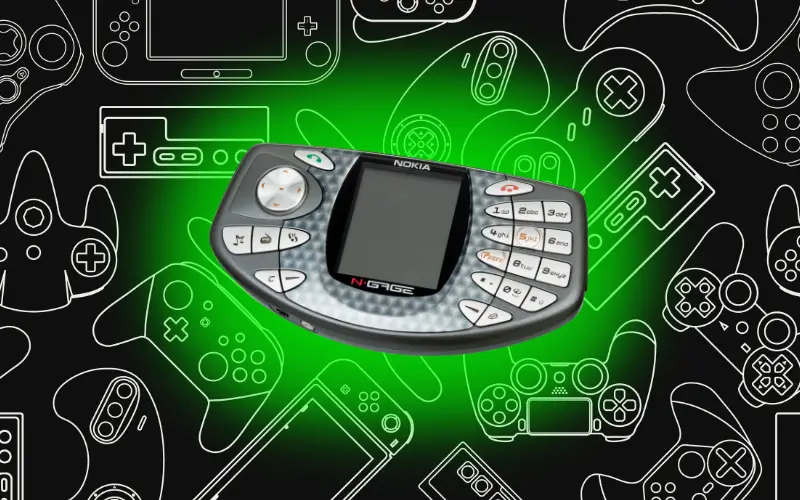
Developer: Nokia
Manufacturer: Nokia
Release Date: October 7, 2003
Units Sold: 3 million
The N-Gage was a small handheld console made by Nokia and released in 2003. It was designed to combine a mobile phone with a handheld games console. The system was released to many complaints including the difficulty of swapping games and the cellphone feature requiring users to hold the device sideways.
Sales were very poor, dropping the system’s price by $100 within a week of its release. A redesigned version would be released to fix these issues, however the brand still suffered from a poor reputation and N-Gage failed to reach the popularity of other more well received portable gaming consoles. With fewer than 3 million units sold during the platform’s three-year run, Nokia would announce the failure of its product in 2005. In 2012, Nokia abandoned development on the Symbian OS, which was the basis for N-Gage.
Read More Fun Facts
Learn more fun facts with Trivia Mastermind content.
19. Atari Lynx
Units Sold: 3 million
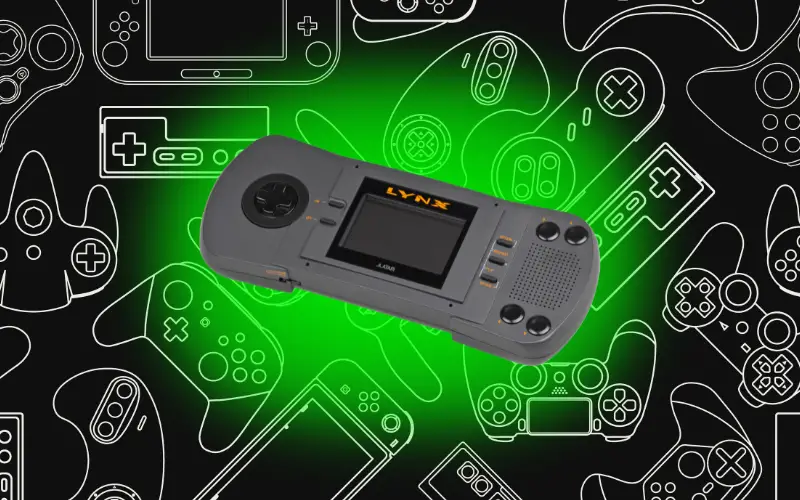
Developer: Epyx & Atari Corporation
Manufacturer: Atari Corporation
Release Date: September 1, 1989
Units Sold: 3 million
The Atari Lynx was released by Atari Corporation in North America in 1989. The 16 bit handheld game console was the world’s first handheld electronic game system with a color LCD screen. The system was originally developed by Epyx and was the second handheld game system to be released with the Atari name. The system featured advanced graphics for the time, and an ambidextrous layout.
Atari sales were initially estimated at about 800,000, with the overall lifetime sales being around 3 million. The console was a commercial failure despite positive critical reviews. The Lynx was unfortunately another console that would lead to the collapse of the Atari Corporation.
18. Sega CD
Units Sold: 2.24 million
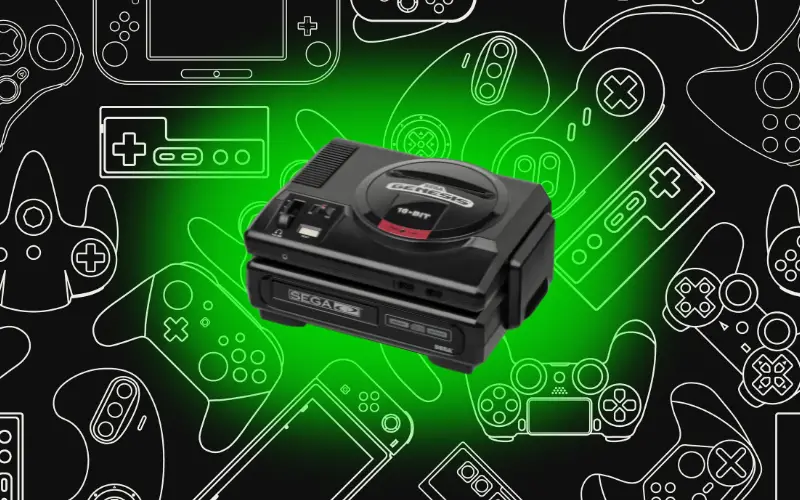
Developer: Sega
Manufacturer: Sega
Release Date: October 15, 1992
Units Sold: 2.24 million
The Sega CD was released in North America in 1992. Compared to traditional cartridges, the CD-ROM accessory for the Sega Genesis had a much larger storage capacity. This allowed for full-motion video in games.
Although the add-on was heavily promoted and the system had received a lot of publicity, the $299 price at launch, along with the slow release of games hurt sales. Sega would discontinue the Sega CD as it shifted its focus towards the Sega Saturn. The unit had only sold 2.24 million units worldwide.
17. Neo Geo Pocket & Pocket Color
Units Sold: 2 million
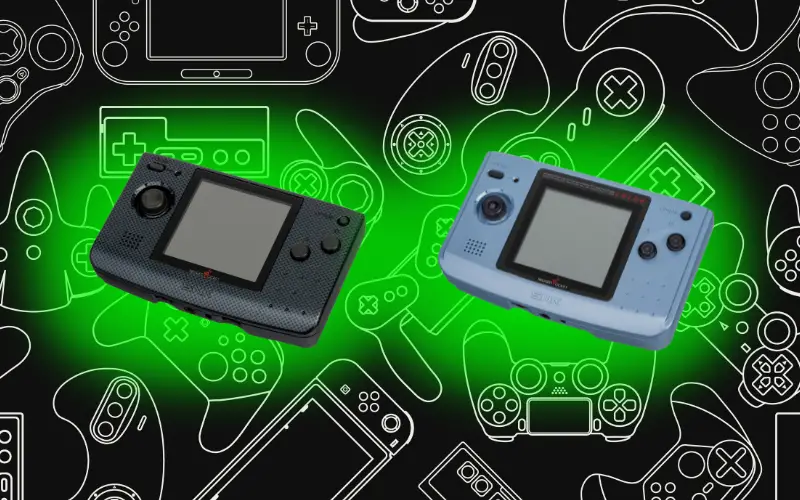
Developer: SNK
Manufacturer: SNK
Release Date: 1998 & 1999
Units Sold: 2 million
The Neo Geo Pocket & Pocket Color were created by SNK and released from 1998 to 1999. The Neo Geo Pocket was immediately succeeded by the Color to compete with the dominant Game Boy Color. The system would have a short life span, but some significant titles still managed to make it to the console.
After a good sales start, subsequent low retail support in the U.S. and anticipation of the 32-bit Game Boy Advance led to a rapid sales decline. With SNK already in financial trouble, the company would soon collapse, marking the end of SNK’s worldwide operations and the discontinuation of Neo Geo hardware and software after selling 2 million units.
16. 3DO Interactive Multiplayer
Units Sold: 2 million
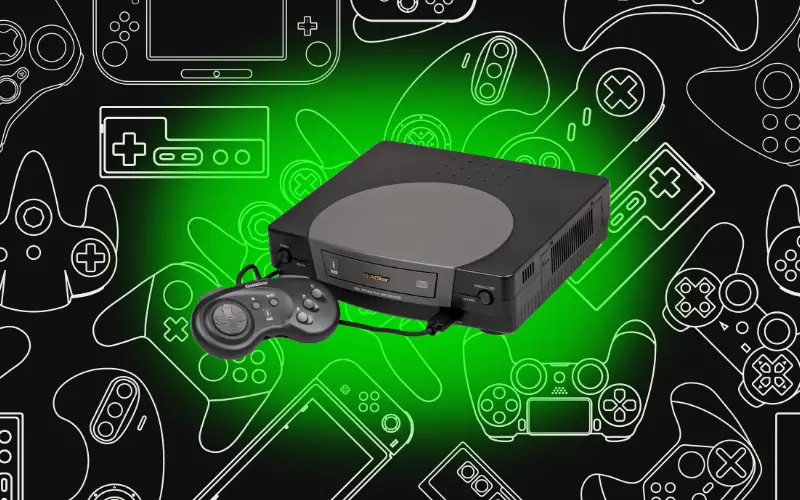
Developer: The 3DO Company
Manufacturer: Panasonic, Sanyo, GoldStar
Release Date: October 4, 1993
Units Sold: 2 million
The 3DO Interactive Multiplayer was co-designed by R. J. Mical and the same that team created the Amiga. Marketing was headed by Trip Hawkins, founder of Electronic Arts. The console was created as a multimedia machine and released in 1993. It was marketed as a more than a video game console, but rather, as a family entertainment device that could serve a variety of multimedia experiences.
A vast library of games were created for the player, but the $699.95 US price tag was just too much for consumers, hurting sales. The next generation systems would kill the platform and lead to the company’s exit from the hardware market, having sold only 2 million units.
15. Genesis Nomad
Units Sold: 1 million
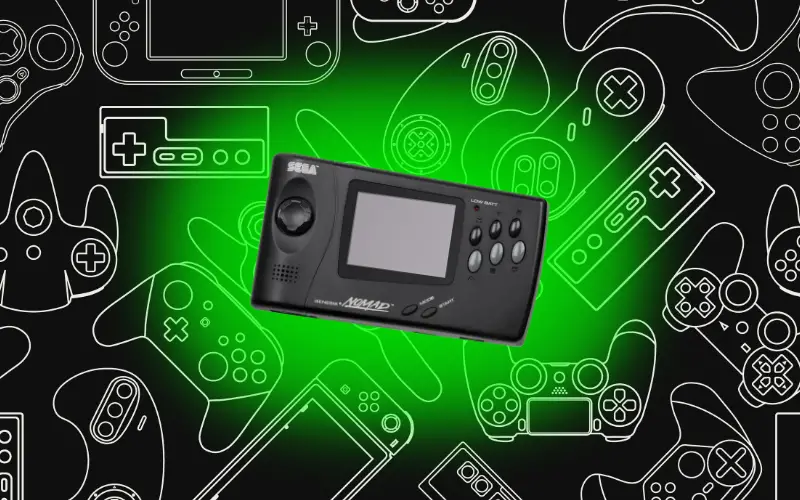
Developer: Sega
Manufacturer: Sega
Release Date: October 1995
Units Sold: 1 million
The Sega Nomad was a handheld game console created by Sega and released in North America in 1995. It is a portable variation of the Sega Genesis. The Nomad was the successor to the Game Gear and also the last handheld console released by Sega.
It was released exclusively in North America very late into the market span of the Genesis, making it a poorly timed launch. With Sega deciding to shift focus to the Dreamcast in 1999, the Nomad ended up being sold at less than a third of its original price. Inadequate advertising and a poor battery life would also contribute to the handheld being discontinued after selling 1 million units.
Play Trivia!
Challenge yourself and play trivia questions with answers and explanations.
14. Atari 5200
Units Sold: 1 million
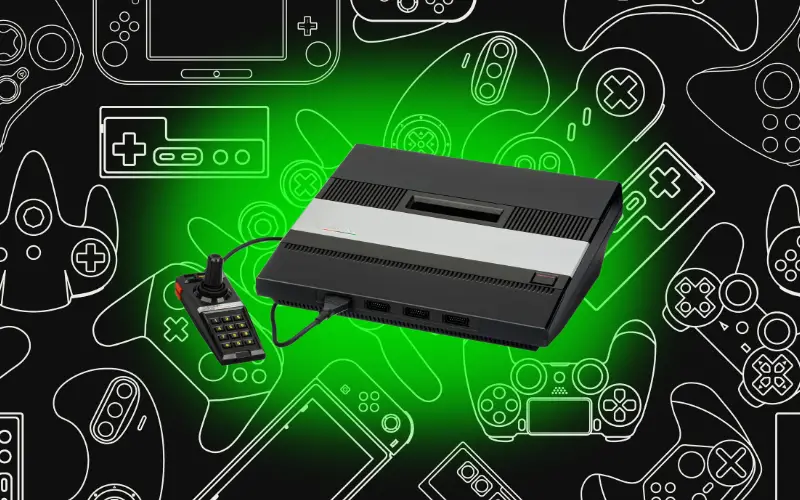
Developer: Atari, Inc.
Manufacturer: Atari, Inc.
Release Date: May 21, 1984
Units Sold: 1 million
The successor to the wildly successful Atari 2600 was the Atari 5200. The console did not perform as well as its predecessor mostly due to the poor control design, and many games being enhanced versions from the previous model.
The console would only sell slightly over a million units. The console was inevitably discontinued, but interestingly, its predecessor would be marketed for several more years. Its successor, the Atari 7800, was marketed more carefully to avoid another large failure. Unfortunately, the Atari 5200 would begin what would be Atari’s legendary downfall.
13. 32X
Units Sold: 800,000
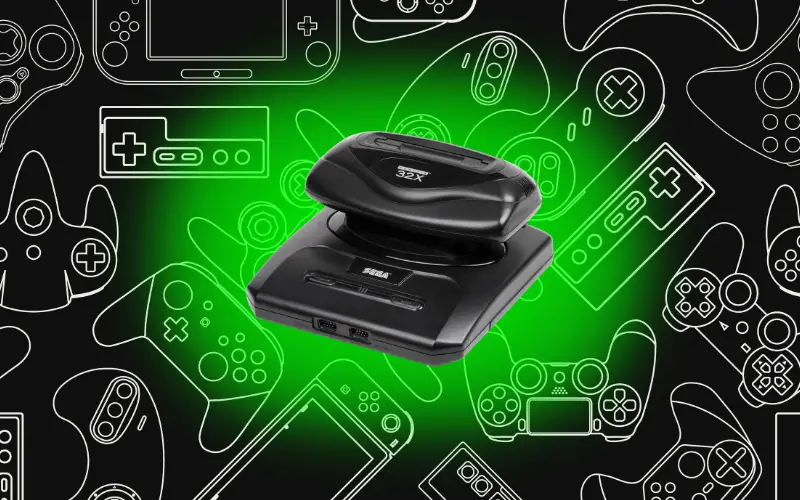
Developer: Sega
Manufacturer: Sega
Release Date: November 21, 1994
Units Sold: 800,000
The 32X was designed to be a more affordable entry into ‘next generation’ games.” It was unveiled by Sega in 1994. Sega of America research and development requested that the console be converted into an existing Genesis enhancing add-on, with two 32-bit central processing unit chips and a 3D graphics processor.
The console unfortunately failed to attract developers and consumers since the Sega Saturn would be coming out the following year. The rush to to market before the 1994 holiday season led to a poor library of title offerings, further hampering sales. Although originally released for $159, Sega would still have to drop the price to $99 in only a few months. About 800,000 units were sold.
12. Virtual Boy
Units Sold: 770,000
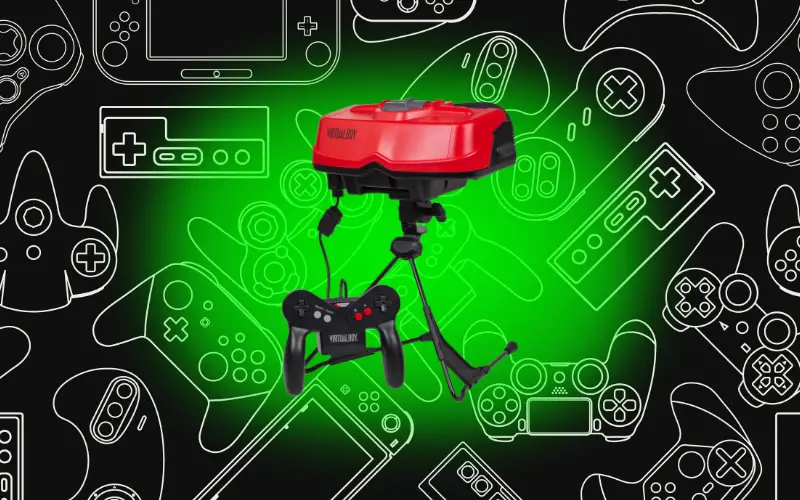
Developer: Nintendo R&D1
Manufacturer: Nintendo
Release Date: August 14, 1995
Units Sold: 770,000
This Virtual Boy was marketed as a 3-D “virtual reality” system, but in truth, the console used red monochromatic 3-D images to give some extra depth to the game rendering; the gaming experience was not the immersive experience expected from a virtual reality console. The system had a lot issues, as consumers complained of getting eye strain, stiff necks, nausea, and headaches.
With negative reviews from critics, along with the console’s price and lack of portability, the Virtual Boy was primed to fail. This would in fact be Nintendo’s first failed console release, coming to market in 1995, and discontinuing in 1996 after only having sold 770,000 units.
11. Neo Geo CD
Units Sold: 570,000
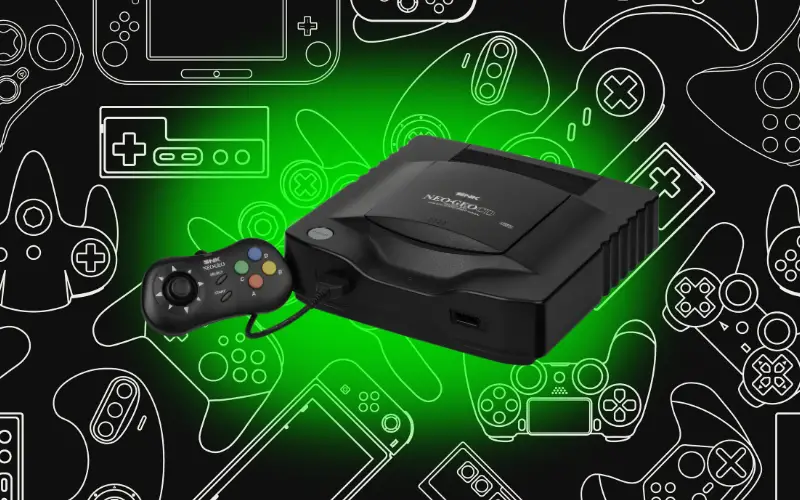
Developer: SNK
Manufacturer: SNK
Release Date: January 15, 1996
Units Sold: 570,000
The top-loading version of Neo Geo CD was released in North America in 1995. Two more versions were released in Japan, the front-loading version and the upgraded Neo Geo CDZ. The top-loading version was developed shortly before the Neo Geo CD launch as a cheaper alternative model.
The Neo Geo CD found limited success, mainly attributed to severely slow loading times, lasting anywhere from 30 to 60 seconds between loads for some games. SNK of Japan believed they could maintain profitable sales in the Japanese market by fixing the previous system’s excessive load times. Unfortunately, the production of a double speed model would be postponed until SNK had sold off the stock of single speed units, resulting in the Neo Geo CD selling only 570,000 units worldwide.
10. CD-i
Units Sold: 570,000
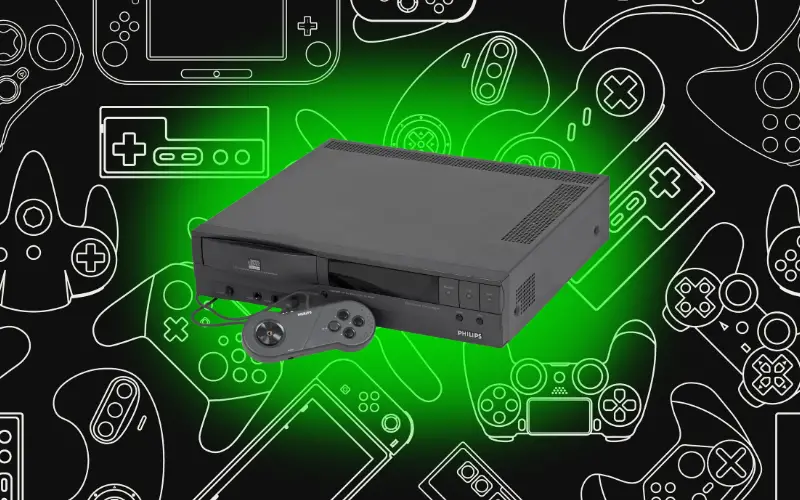
Developer: Philips & Sony
Manufacturer: Philips
Release Date: 1990
Units Sold: 570,000
Philips and Sony developed a new CD-based format called CD-i for various multimedia software in the 1980s. Philips would launch their first consumer-oriented player in 1991, selling for $700. Although it was developed as a multimedia player, Philips would increasingly market the hardware as a video game platform from 1994 forward.
Originally, the project was intended as an add-on for the Super Nintendo, but the deal would fall through. During negotiations, Philips did gain the rights and permission to use five Nintendo characters for CD-i games releasing three Zelda games and one Mario game. All four of these Nintendo-themed games are commonly cited as some of the worst ever made. Much criticism was also aimed at the CD-i’s controller. Consumer interest in the product remained low, slowing down considerably by 1994. Philips would announce that the CD-i would be discontinued in 1998, selling roughly 570,000 units.
Read More Fun Facts
Learn more fun facts with Trivia Mastermind content.
9. PC-FX
Units Sold: 400,000
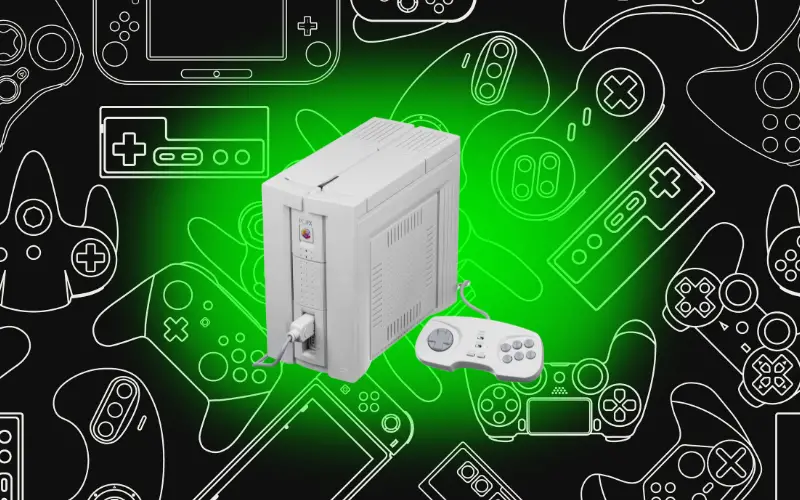
Developer: NEC & Hudson Soft
Manufacturer: NEC
Release Date: December 23, 1994
Units Sold: 400,000
The PC-FX was released by NEC in late 1994 as the successor to the TurboGrafx-16. It was originally intended to compete with the Super Nintendo and the Genesis, but by the time it came out, it wound up competing with the PlayStation, Sega Saturn, and Nintendo 64.
The console’s 32-bit architecture was created in 1992 using JPEG video rather than 3D images and within two years, the technology was outdated. Compared to other fifth generation consoles of the time, the PC-FX was underpowered, never taking a significant part of the marketshare. NEC would end up discontinuing the console in 1998 so it could focus on providing graphics processing units for the Sega Dreamcast. They had only sold 400,000 units by the end of its shelf life.
8. Atari Jaguar
Units Sold: 150,000
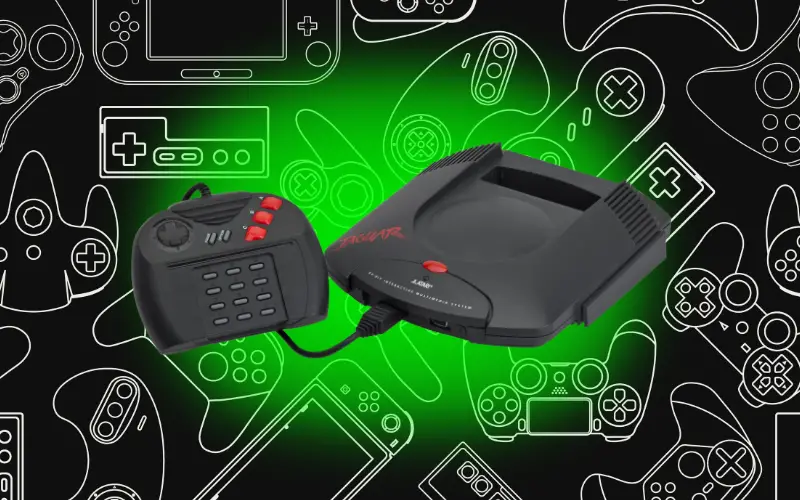
Developer: Atari Corporation
Manufacturer: IBM
Release Date: November 23, 1993
Units Sold: 150,000
The Atari Jaguar was a 64-bit system released by the by Atari Corporation in 1993. The expectation for the console helped it gain some solid attention, as it was marketed to be much more powerful than the current market powerhouses, the Super NES and the Sega Genesis.
However, a lack of software support and a number of very poor business decisions by Atari senior management would destroy the console. The size and sheer number of buttons on the controller was widely criticized as well, which was also another factor leading to poor sales. Unfortunately, the Atari Jaguar would never acquire the level of success required to sustain in the market. The console would fail, having on sold 150,000 units, and it signified the end of Atari as we knew it.
7. Commodore CDTV
Units Sold: 55,000
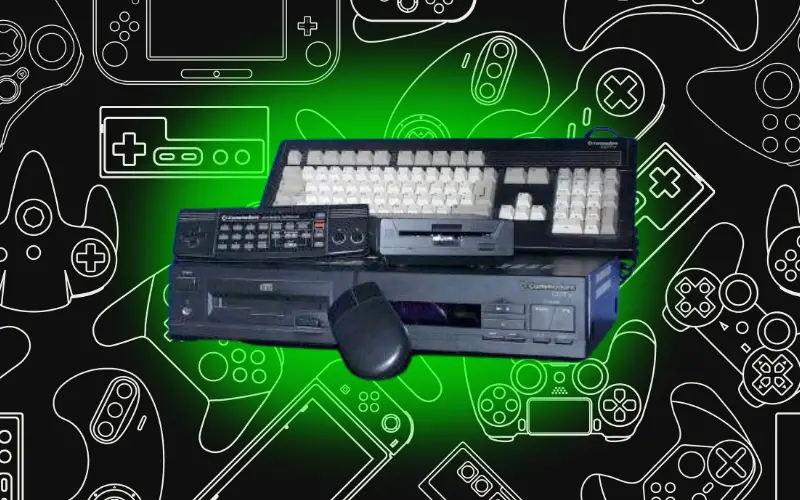
Developer: Commodore International
Manufacturer: Commodore International
Release Date: March 1991
Units Sold: 55,000
In 1991, Commodore launched the CDTV as another intended, all-in-one home multimedia hardware that would play music, movies, interactive content, and of course, video games. The CDTV name was an acronym for “Commodore Dynamic Total Vision”. The hardware used a single-speed CD-ROM drive and the build was based on the Amiga 500 computer, with a case that was designed to visually integrate with the entertainment center.
The expected market for home multimedia hardware did not come to fruition as expected. Like almost every other multimedia console created for the time, the CDTV was discontinued in 1993. It would only sell 55,000 units.
6. Apple Bandai Pippin
Units Sold: 42,000
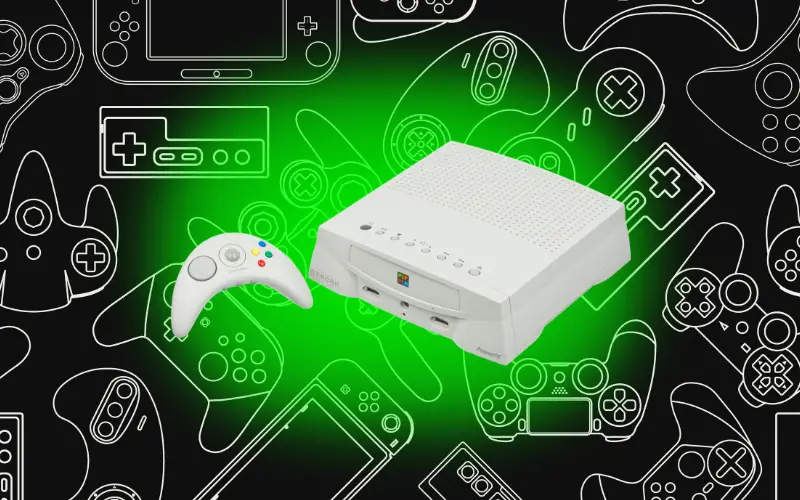
Developer: Apple Computer
Manufacturer: Bandai
Release Date: 1996
Units Sold: 42,000
The Pippin was a 1990s video game console designed by Apple Computer and produced by Bandai. The platform was built using the Classic Mac OS, the PowerPC 603e processor, a 4x CD-ROM drive, and a video output that could connect to a standard TV. Part of Apple’s business plan included licensing the technology to third parties, however only Katz Media and Bandai would sign on.
Bandai would be the only company to release a product to market and by the time the Pippin was released in the US in 1996, the market was already dominated by more well known next generation consoles. With a price of $599 on launch, Pippin would also be more expensive than the competition making total sales abysmal, at 42,000 units sold.
5. Gizmondo
Units Sold: 25,000
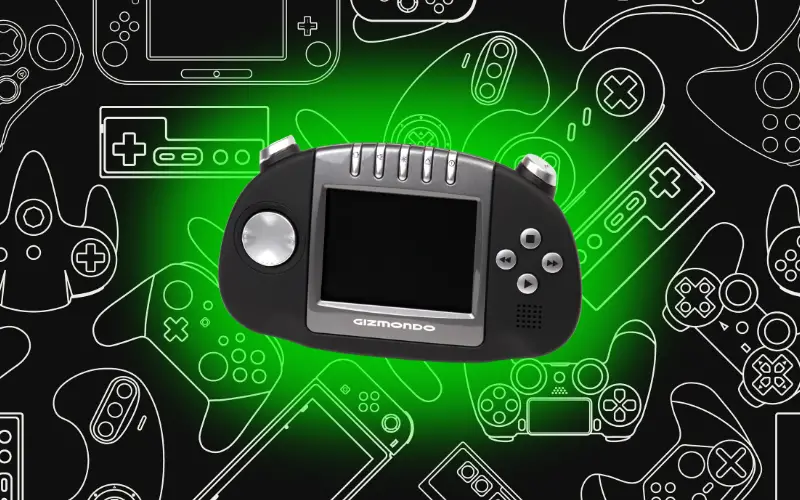
Developer: Tiger Telematics
Manufacturer: Tiger Telematics
Release Date: March 19, 2005
Units Sold: 25,000
The Gizmondo was released by Tiger Telematics in 2005. It was a portable video game console with GPS and a digital camera. The system was riddled with issues including a short battery life, small screen, better competition, and company controversies.
The system was destined to be a commercial failure, and it was. Several high-ranking Tiger executives ended up being arrested for illegal business activities, and it is thus far, the world’s worst selling handheld console in history, selling 25,000 units. Tiger Telematics would end up going bankrupt when the handheld video game console was discontinued in 2006, 11 months after it had been released.
Play Trivia!
Challenge yourself and play trivia questions with answers and explanations.
4. Commodore 64 Games System
Units Sold: 20,000
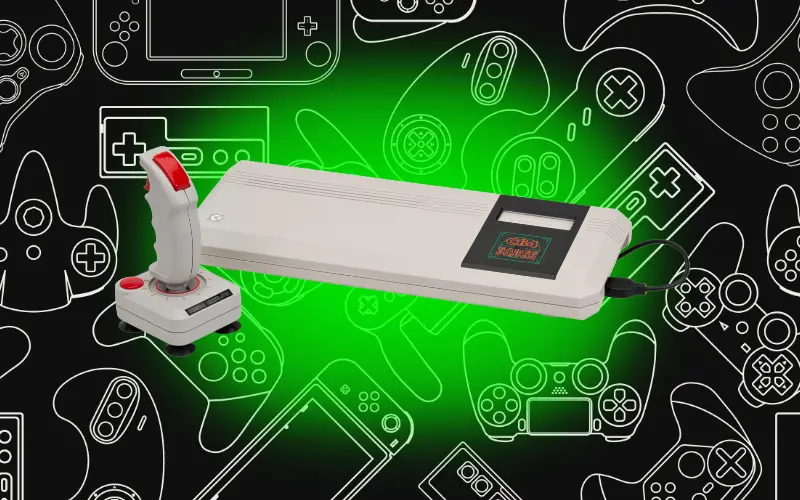
Developer: Commodore International
Manufacturer: Commodore International
Release Date: December 1990
Units Sold: 20,000
The C64GS was basically a Commodore 64 redesigned as a cartridge-based console. It was only released in Europe in 1990.
The console appeared as the 16-bit era was beginning, and since it was unable to compete with consoles like the Super Nintendo Entertainment System and Genesis, the console did not get as much attention from the public as had been hoped for, selling only 20,000 units. People were instead buying the original computer that had far more possibilities and was much cheaper.
3. Nintendo 64DD
Units Sold: 15,000
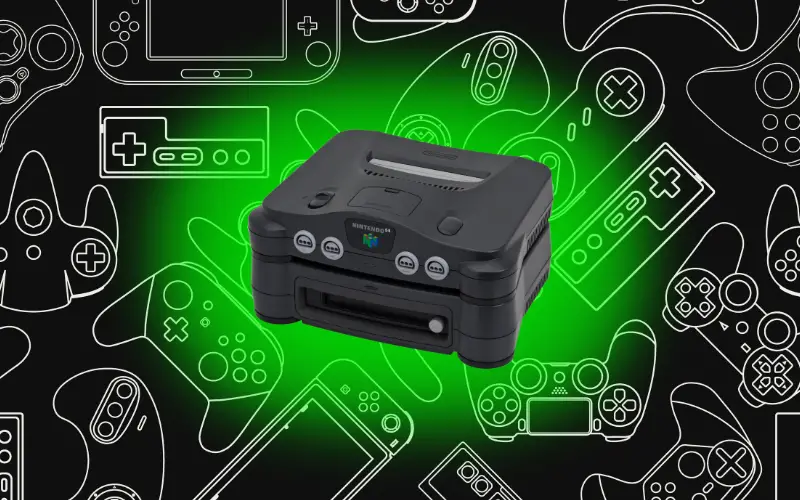
Developer: Nintendo & Alps Electric
Manufacturer: Alps Electric
Release Date: December 13, 1999
Units Sold: 15,000
The 64DD was a disk drive that would also provide internet access to the Nintendo 64. The add-on was first announced in 1995, but would be notoriously delayed until its release in Japan in 1999. The 64DD would be bundled with the Randnet dialup subscription, sold through through a mail order service instead of directly to retailers in anticipation of poor sales.
Nintendo would end up supporting the add-on for only a short period of time, never releasing outside of Japan. Most 64DD games were canceled, with some still releasing as Nintendo 64 cartridges or brought to Nintendo’s next-gen console. Nintendo would discontinue the 64DD with only 15,000 units sold and cancel Randnet in 2001.
2. LaserActive
Units Sold: 10,000
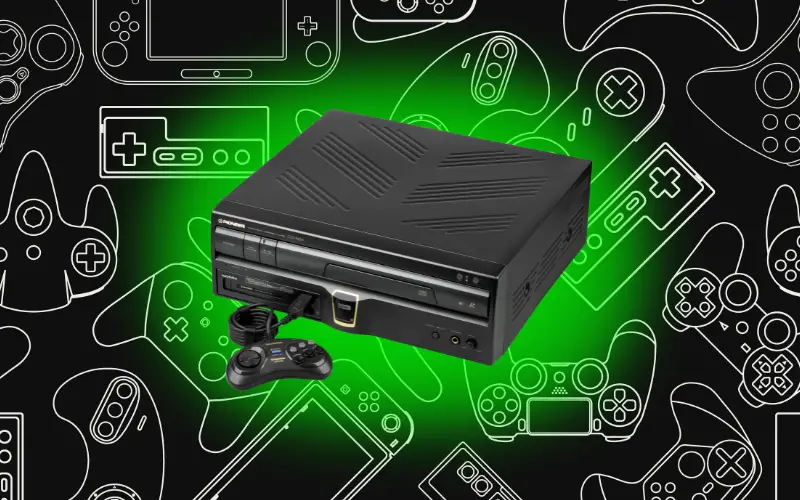
Developer: Pioneer Corporation
Manufacturer: Pioneer Corporation
Release Date: September 13, 1993
Units Sold: 10,000
The LaserActive was made by the Pioneer Corporation in 1993, using the trademark LaserDiscs for games and movies. Expansion modules could be purchased for the system, which allowed the consumer to play other console games from the Genesis, TurboGrafx-16, and more.
The price of the console would be $969 with games costing $120 in 1993. The Genesis module was $599 and the Sega CD was $229. These high prices, along with poor marketing would lead to the LaserActive being discontinued after one year, only selling roughly 10,000 units.
1. HyperScan
Units Sold: 10,000
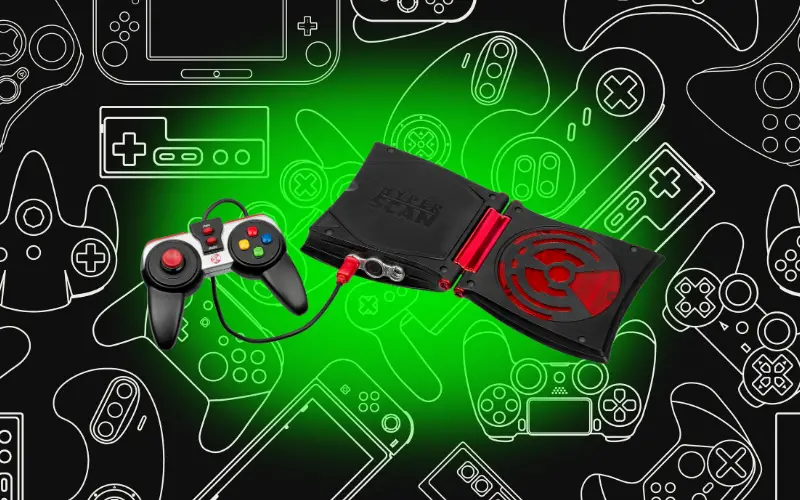
Developer: Mattel
Manufacturer: Mattel
Release Date: October 23, 2006
Units Sold: 10,000
The HyperScan was Mattel’s first video game console since the Intellivision. It was released in late 2006 and used traditional video game technology along with radio frequency identification. The console used UDF format CD-ROMs, with the console itself selling for $69.99 and games for $19.99.
By the end of its short lived lifespan, the system would be selling for $9.99 and games for $1.99. There were two versions of the system, a cube, and a 2-player pack. The cube box version was sold in stores and included the system, controller, an X-Men game disc, and 6 X-Men cards. The two player packs were sold online and included an extra controller and 12 additional X-Men cards. Due to only 10,000 units being sold, the system was discontinued in 2007.
Read More Fun Facts
Learn more fun facts with Trivia Mastermind content.
Play Trivia!
Challenge yourself and play trivia questions with answers and explanations.
Recent Posts
Science Trivia - Astronomy ...
Step into a realm of nostalgia as we embark on a journey through the annals of pop culture and bid farewell to 35 recently obsolete technologies. In the ever-evolving landscape of innovation, certain...
